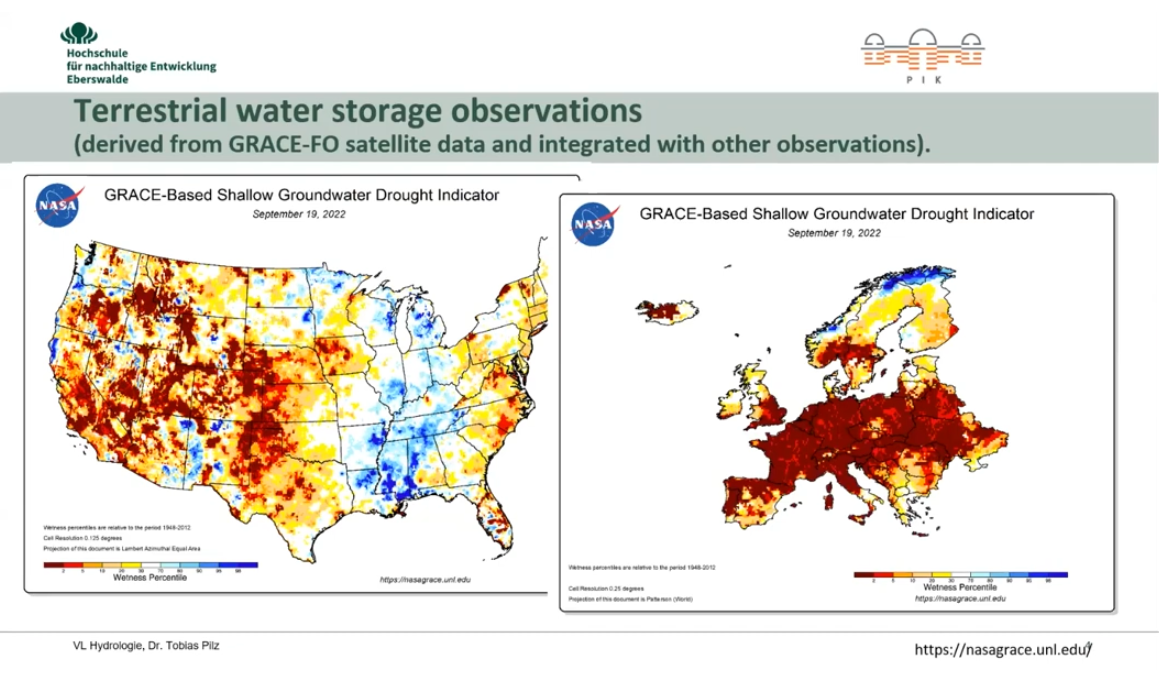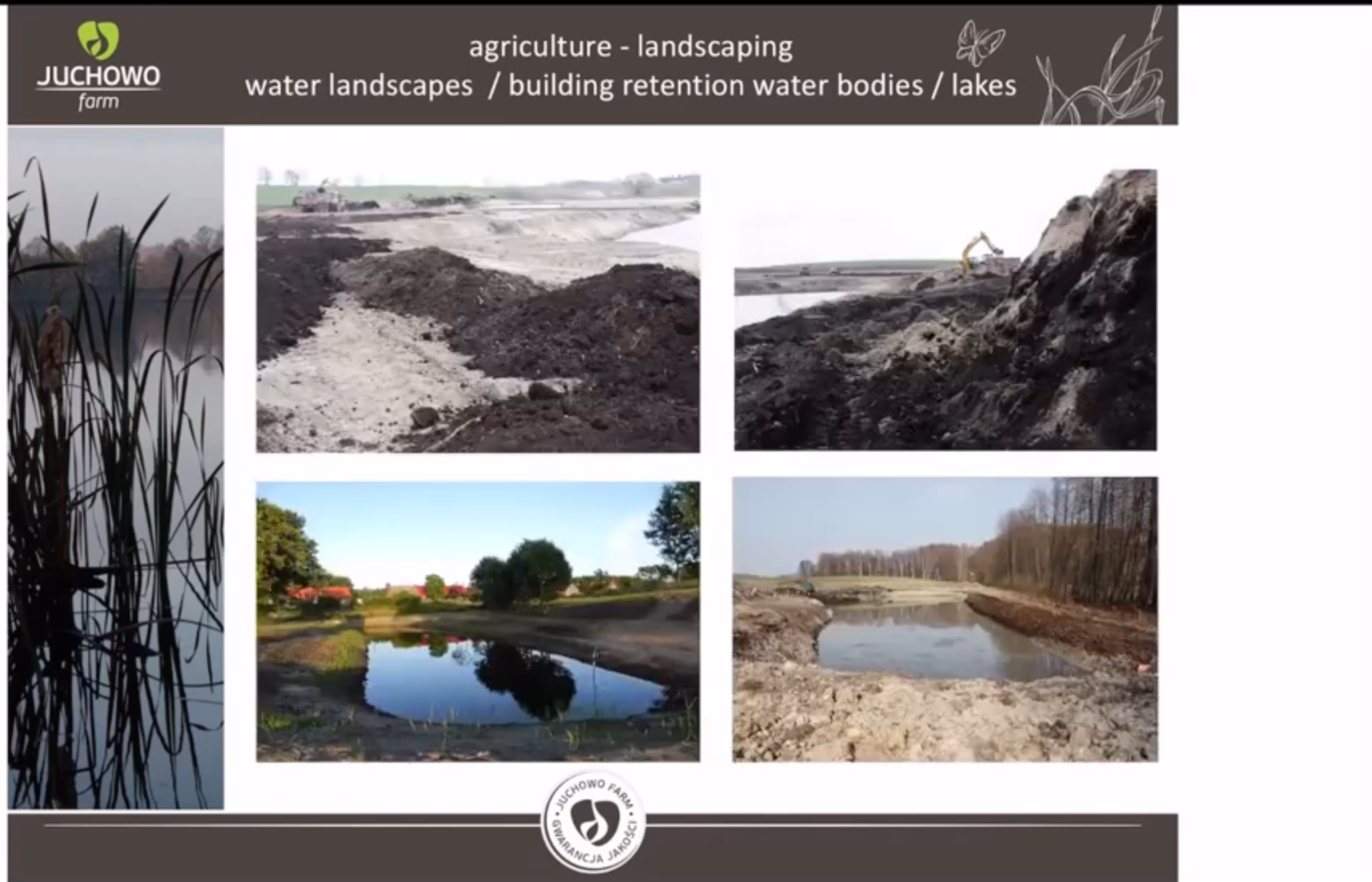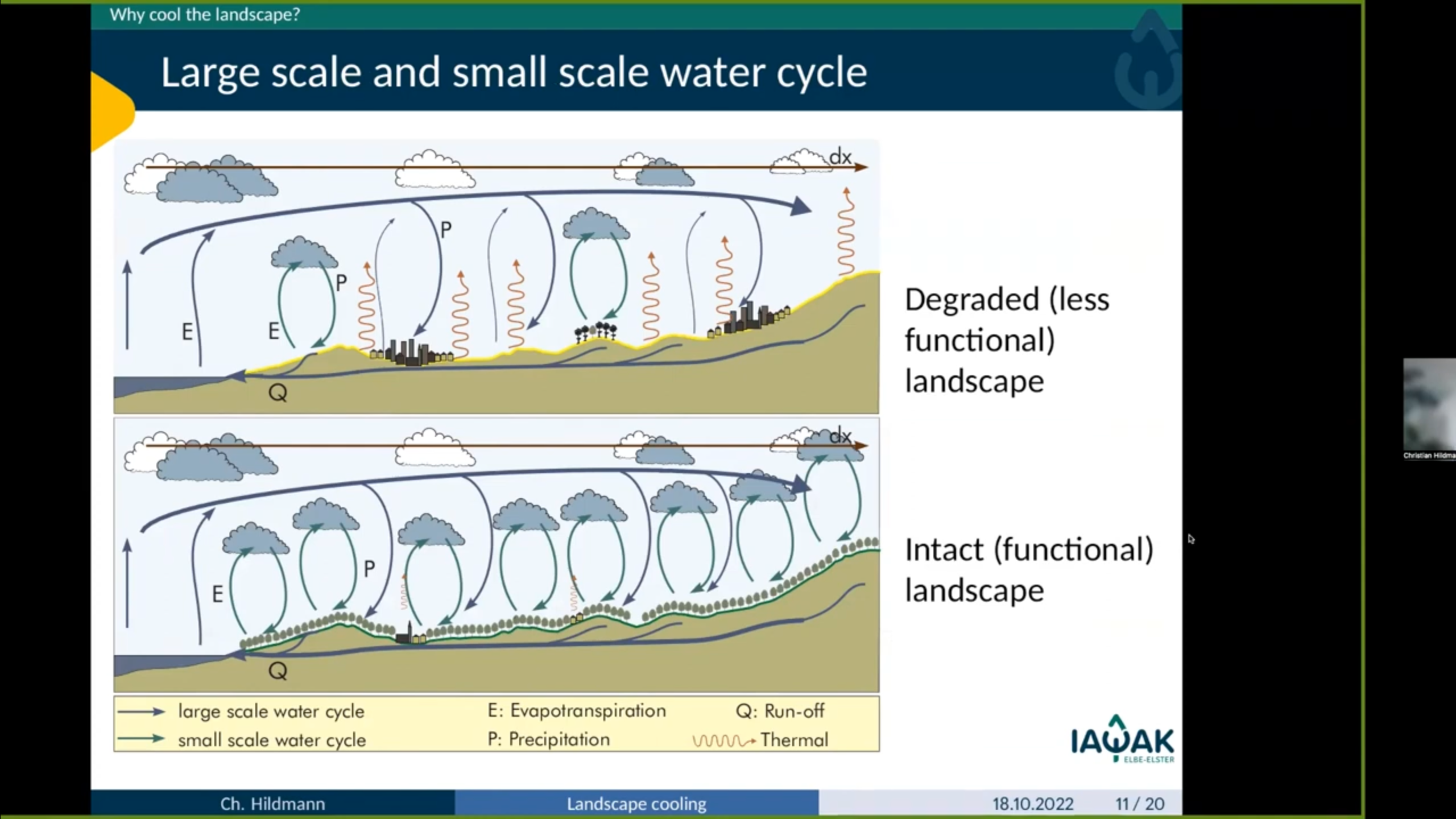Nature can’t be seen and analyzed linearly. She is always more complex. That’s why we must look at how the cycles of carbon, water and energy are closely coupled. Here is a draft sketch of mine to show this. How is incoming solar radiation transformed on the ground – producing latent energy (therefore water is needed) or sensible heat? Sensible heat means higher reradiation from the land into the atmosphere – a key factor for the greenhouse effect. The higher the reradiation, the higher the GHG effect.
Latent energy – that is water vapour – build clouds, reflecting solar radiation (positive!), transporting that solar energy from the ground into the higher atmosphere (positive!), which can dissipate partly into outer space (positive!). And the clouds can bring rain (positive!).
Sensible heat is producing a lot of hot air (negative!), increasing long-wave reradiation (negative!), building eventually high pressure zones which can block incoming low pressure zones which would bring precipitations (negative!).
Just to name a few consequences. For more, check out my UNEP paper “Working with plants, soils and water to cool the climate and rehydrate Earth’s landscapes” [1], my presentation “Planting water” [2], our project “Climate Landscapes” [3].
[1] bit.ly/3zeukPb
[2] www.youtu.be/tBmtIPhh7UI
[3] www.climate-landscapes.org


















